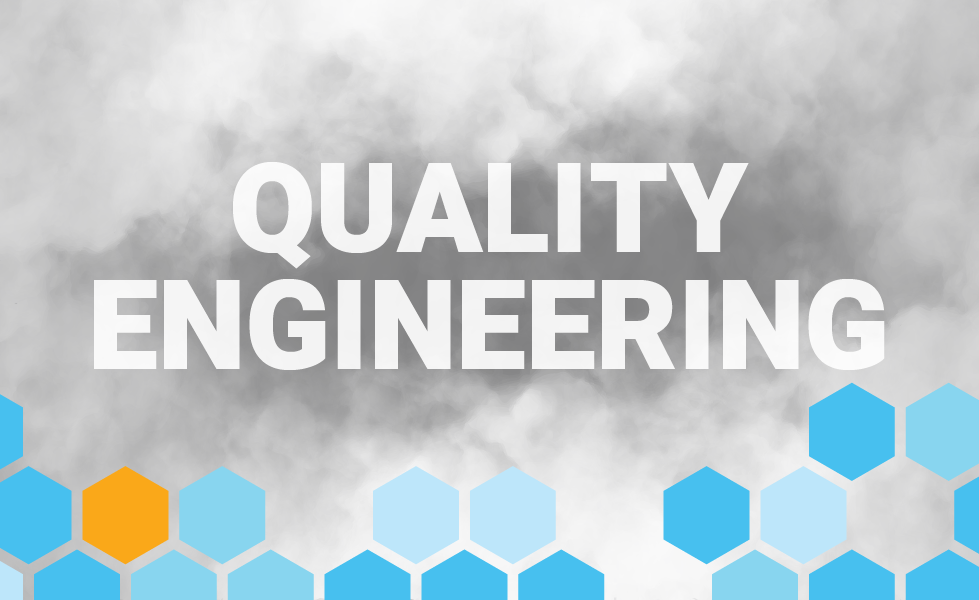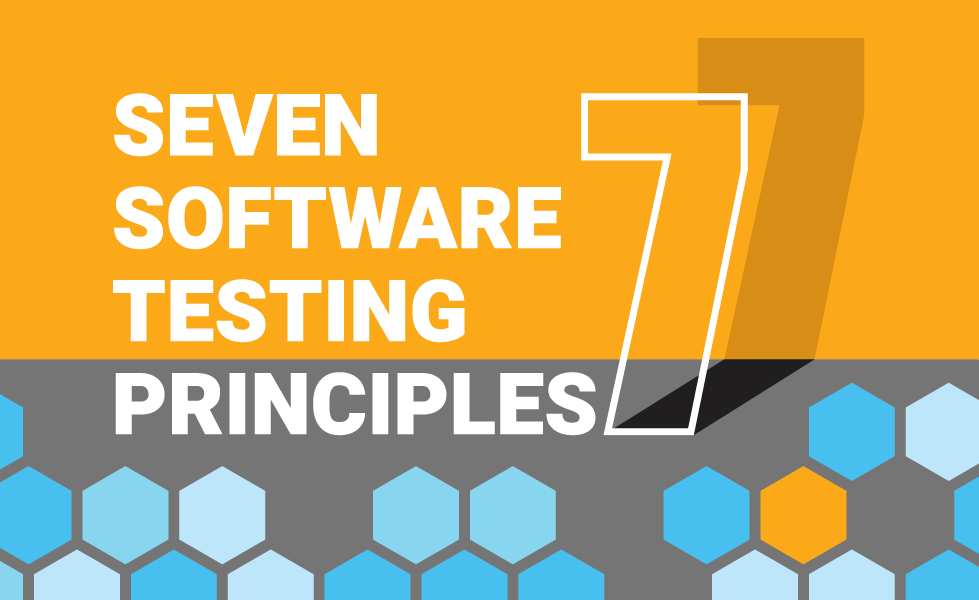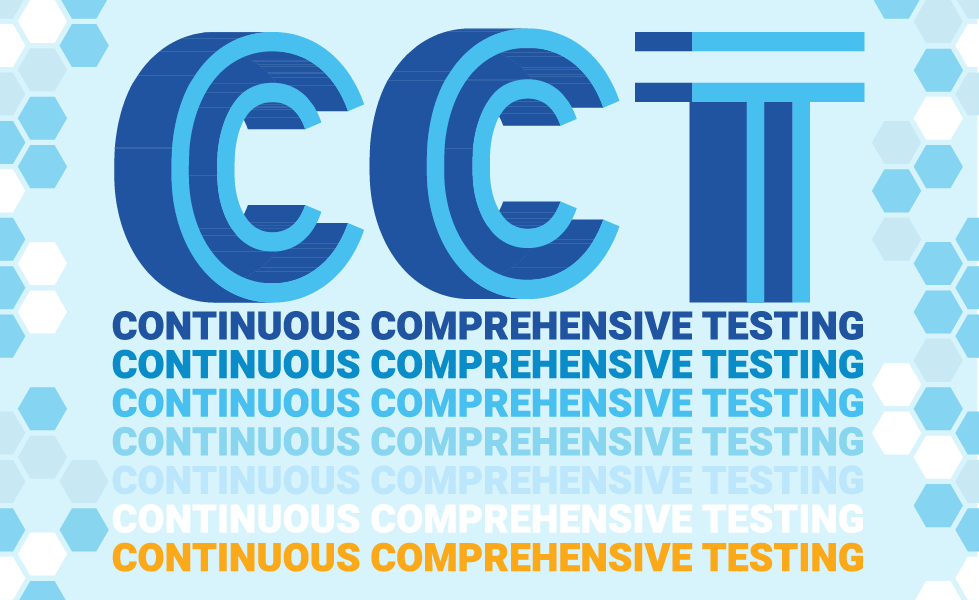Does software quality matter in the technology world?
Microsoft accustomed users to poor product quality. That changed with Apple's rise. Poor product quality is no longer acceptable. Quality reigns!
TABLE OF CONTENTS
Quality didn't matter much in the recent past.
There was a time when I wondered if software quality would ever matter in software development. Like many people, I grew up in a Wintel world. Microsoft Windows, running on Intel CPUs, was the dominant personal computing platform. When Microsoft tried to build an enterprise software operating system, they called it Windows NT. Many people, including me, joked that NT stands for “Nice Try.” According to Microsoft, it stands for “New Technology.”
We grew up in a world where computer restarting was the most common technique for addressing issues. I remember reading an article in which a computer science professor complained that Microsoft has educated people to expect mediocrity in every technology they use.
A Ray of Hope
Others saw the problem too and tried to do something about it. Linus Torvalds built Linux in the early 1990s. I remember an interview with him in which he spoke about how Microsoft was like the guys who sold water during the California gold rush of the 19th century. Microsoft tried to squeeze as much money as possible from Windows.
Interestingly, Linux was built as an operating system for personal computers using the Intel x86 architecture. But Linux's success is as an enterprise operating system, especially in the cloud. I will explain more in a moment. First, we need to take a detour and go to the product that changed the quality expectations of most of the population.
The significant change for consumers came in the early 20th century. After Steve Jobs returned to Apple, the release of the iMac indicated that something new was coming. While Apple sold over 5 million iMacs, the iPod changed everything. The release of the iPod in 2001 had the unexpected impact of exposing a larger audience (450 million sold) to a new level of quality. For the first time, an Apple product became a global phenomenon.
The funny thing is that the influx of money from Microsoft to Apple was a significant event that provided a lifeline to Apple. That lifeline set the stage for what eventually became the demise of Microsoft Windows as the biggest money maker at Microsoft.
Around that time, I started using Apple computers as my personal computer. I still had to use Windows at work, but at least at home, I could use something else. Thanks to the Apple revolution, the release of the iPhone, and my boss switching to a Mac, I eventually fully transitioned from Microsoft Windows to Mac, even at work. I never looked back, except for the rare occasions when I provided tech support to my son’s gaming PC.
Are things different now?
While Microsoft made significant strides in penetrating the enterprise market, they eventually realized that Microsoft Windows was an anchor from which they must detach. A clear indication of that came to me a few years back in a previous job.
I will not use names so I do not get anyone in trouble at their current jobs. In a previous job, most of our revenue came from one product. It was a cloud-based offering that ran on Microsoft Azure. We had a two-day outage. We knew it was not something we did because we had not released anything that week, and there was no indication of any significant change in usage. It took some back-and-forth, but eventually, Microsoft admitted it was their fault. An upgrade at Azure caused our two-day outage.
We asked for a meeting with Microsoft to ask them what they planned to do to avoid this problem. In that meeting, they revealed something that sounded incredible to my ears. Their data indicated that Microsoft Windows was the root cause of more than 90% of the issues at Azure. They had started a process to remove and replace Microsoft Windows with Linux across all their regions. They told us they were 50% done with the transition.
Today, it is hard to release a low-quality product.
These days, I am more hopeful. I have witnessed the strides we have made in improving software quality. I am also aware of the numerous individuals and organizations experimenting with different approaches to enhance quality. This new context is why we developed Testaify. We are at a crucial turning point in software testing, where it has become increasingly difficult to survive in the market with a subpar product. Testaify can help you navigate this landscape and ensure your software meets the highest quality standards.
As the recent Fisker Ocean fiasco revealed, hiding a poor quality release is tough. Fisker released a new car with a large number of defects. Marques Brownlee, a YouTuber, posted a review of the Fisker Ocean that went viral. In his review, Marques shows buttons that do not work unless you click them multiple times, screen adjustments that take at least 5 seconds, cameras that do not work, strange blinking behavior, etc. At the end, Marques declares: “You could give me this car, and I wouldn’t want to drive it. There are so many annoyances, especially with things like cameras, and the driver’s distance things beeping and blinking randomly for no reason. It just feels like the buggiest car I’ve ever tried.”
The title of the review is: “This is the worst car I’ve ever reviewed.” By the way, Fisker is getting delisted from the New York Stock Exchange (NYSE) after shares ended that week at 13 cents. Yes, I wrote cents.
These days, poor quality will eventually bring you down one way or another. Stop praying for quality. Join the waitlist to bring Testaify into your development cycle.
About the Author
 Testaify founder and COO Rafael E. Santos is a Stevie Award winner whose decades-long career includes strategic technology and product leadership roles. Rafael's goal for Testaify is to deliver comprehensive testing through Testaify's AI-first platform, which will change testing forever. Before Testaify, Rafael held executive positions at organizations like Ultimate Software and Trimble eBuilder.
Testaify founder and COO Rafael E. Santos is a Stevie Award winner whose decades-long career includes strategic technology and product leadership roles. Rafael's goal for Testaify is to deliver comprehensive testing through Testaify's AI-first platform, which will change testing forever. Before Testaify, Rafael held executive positions at organizations like Ultimate Software and Trimble eBuilder.
Take the Next Step
Join the waitlist to be among the first to know when you can bring Testaify into your testing process.




